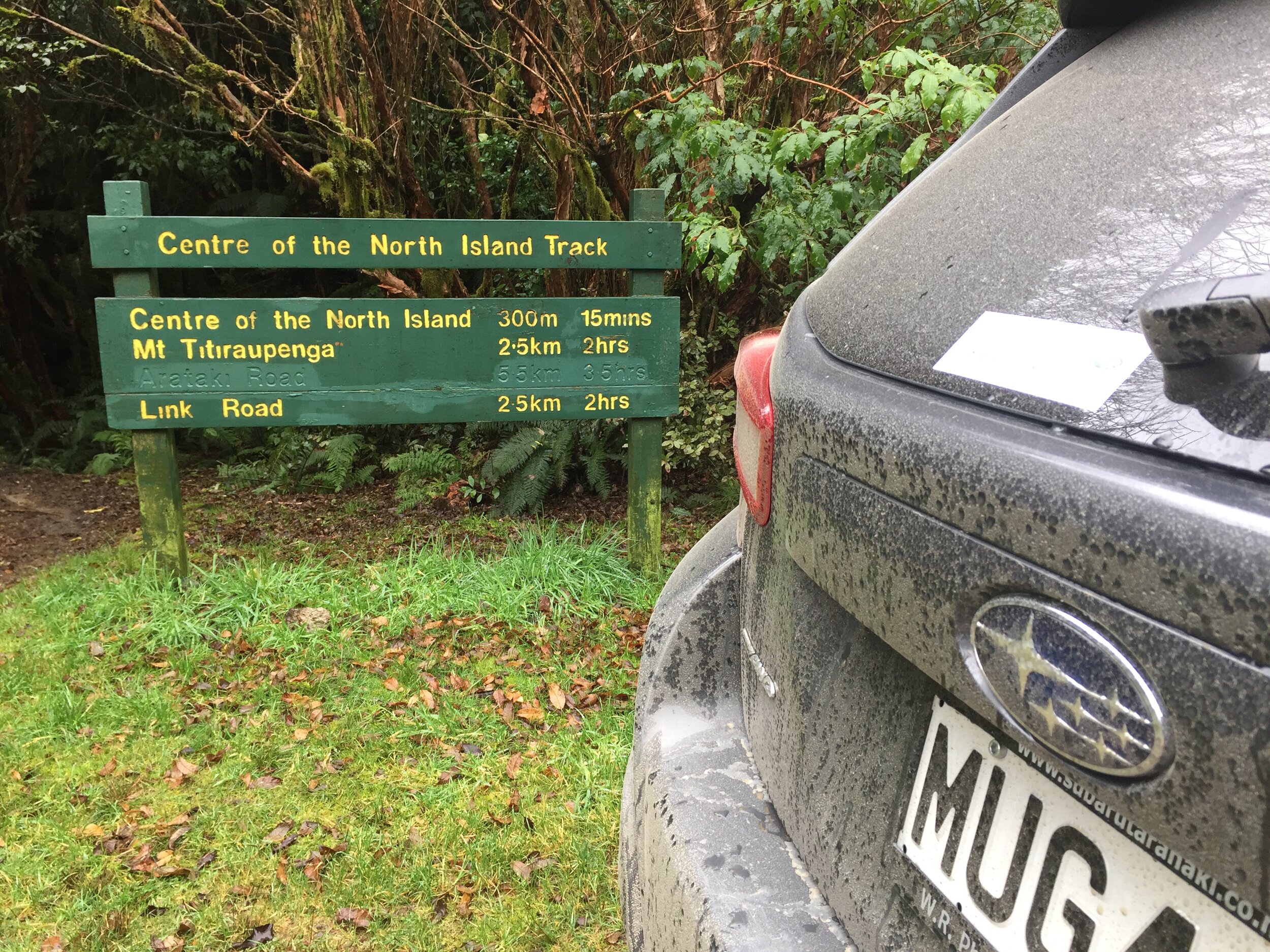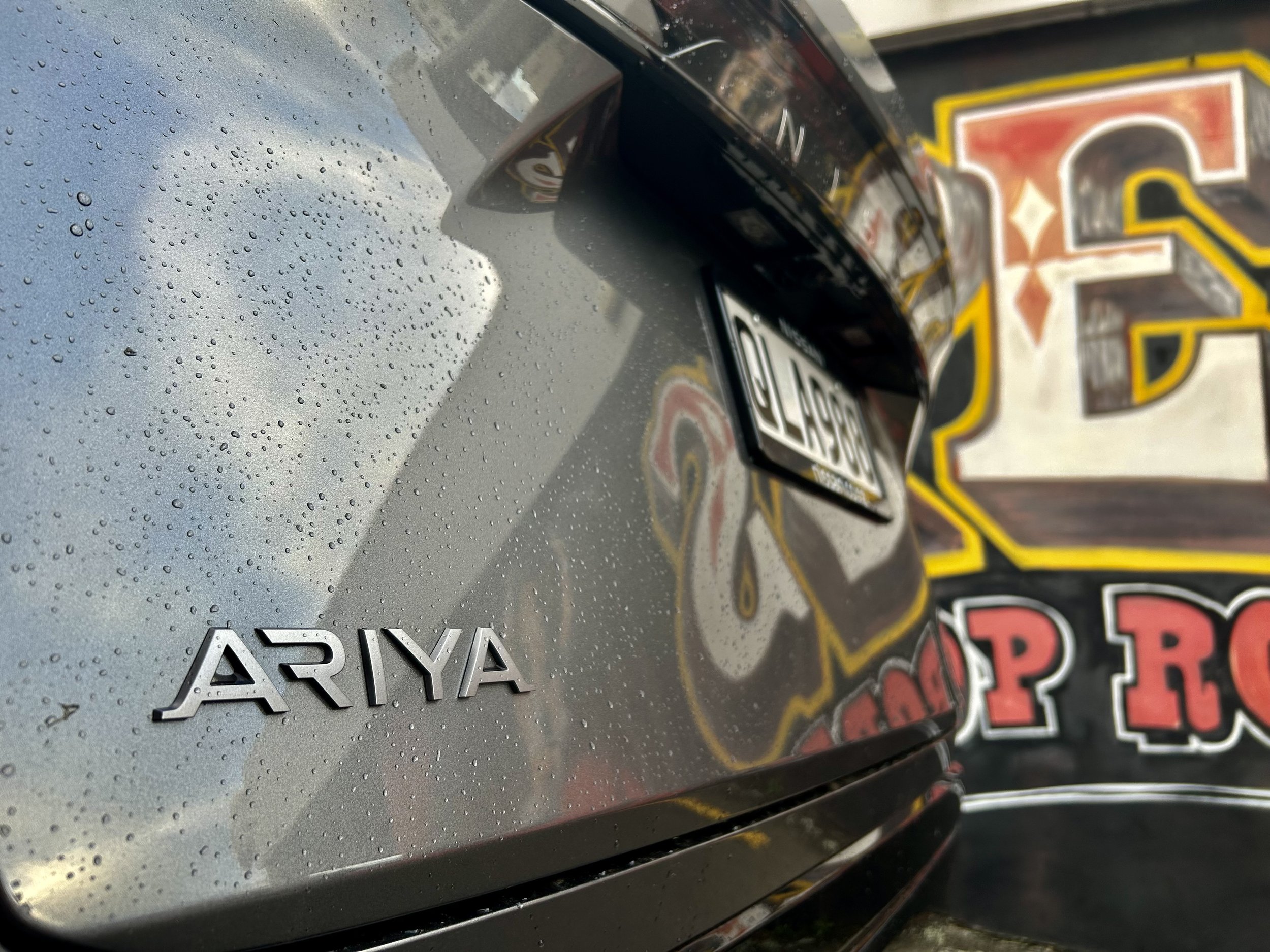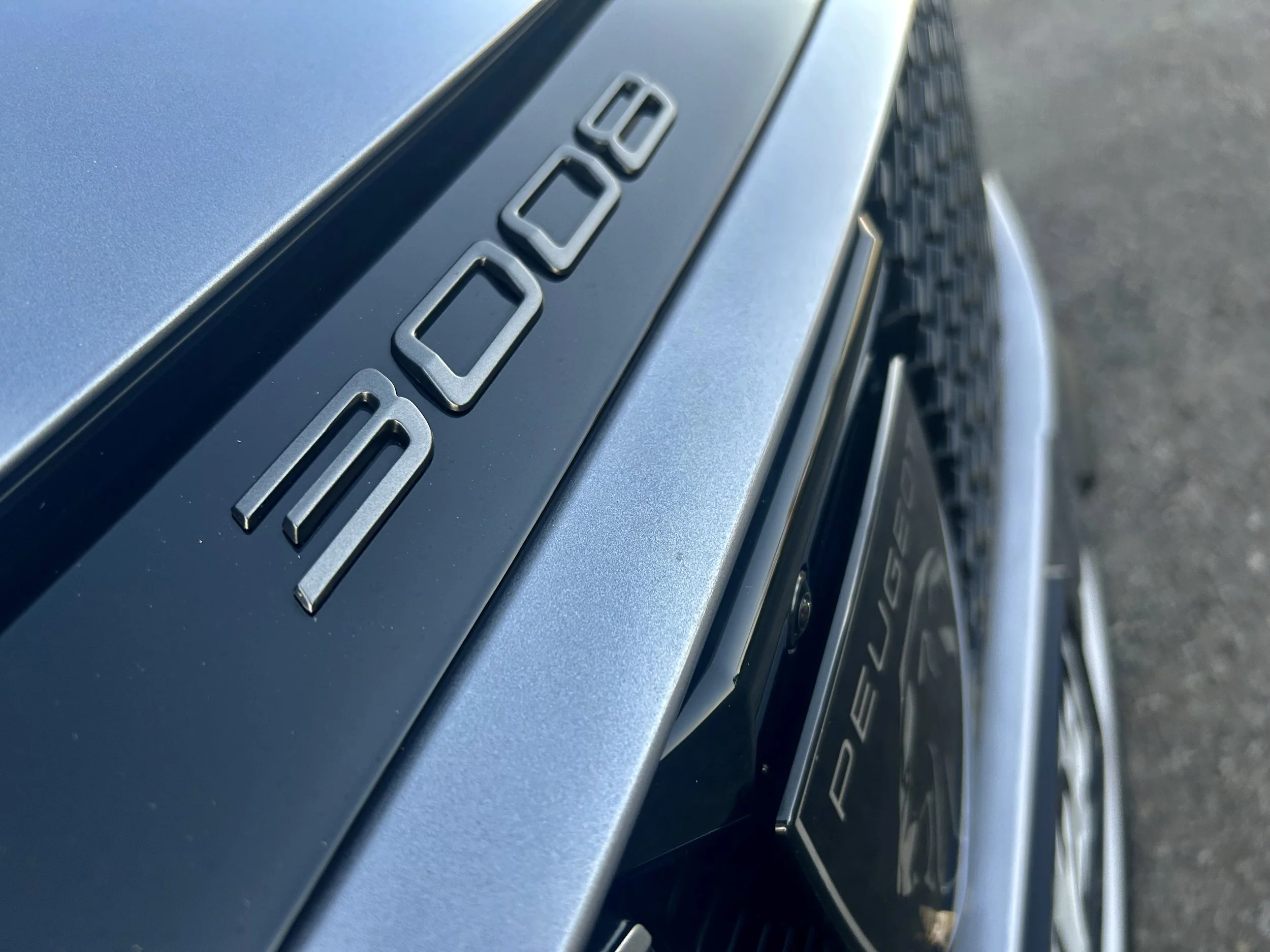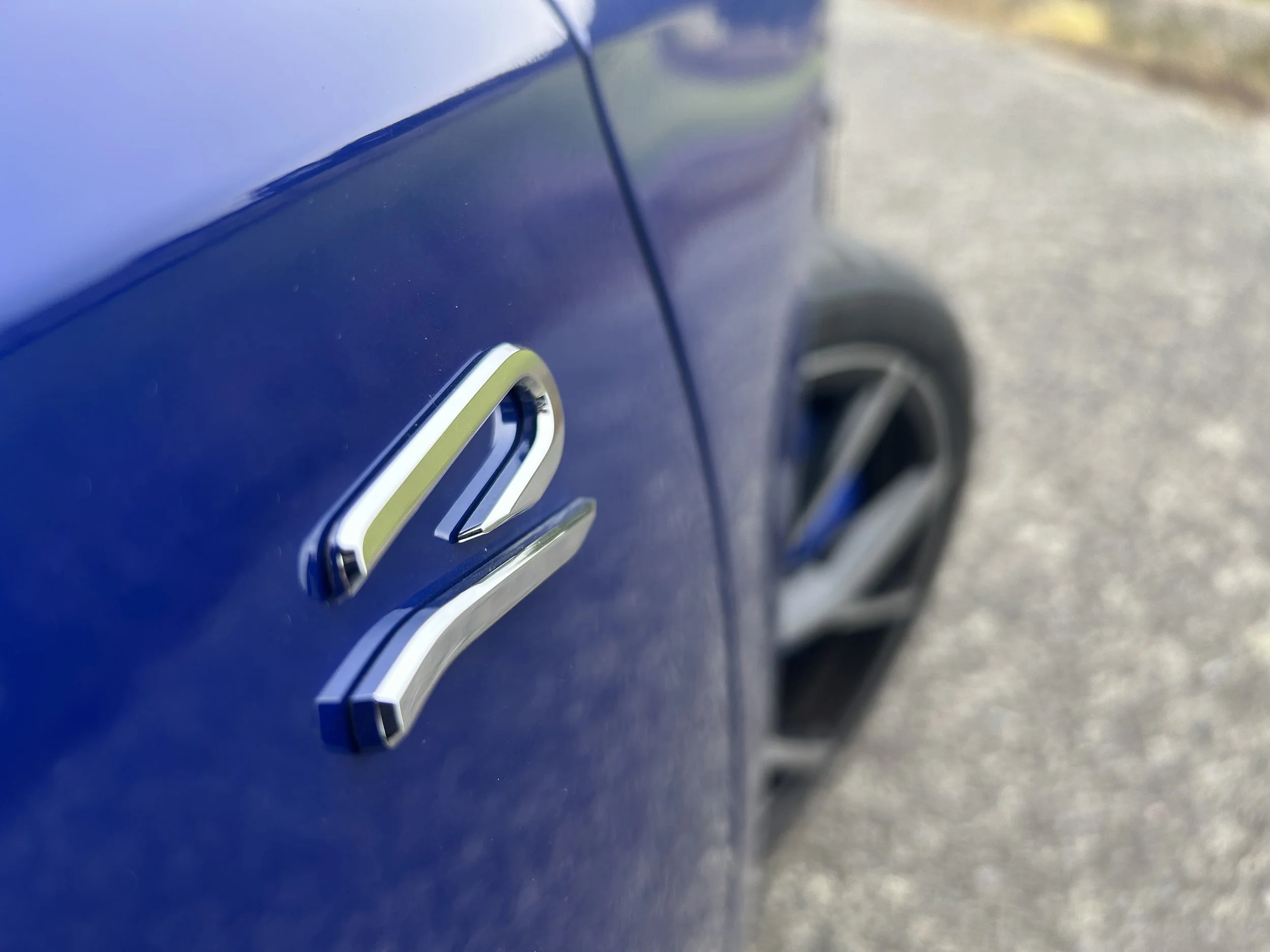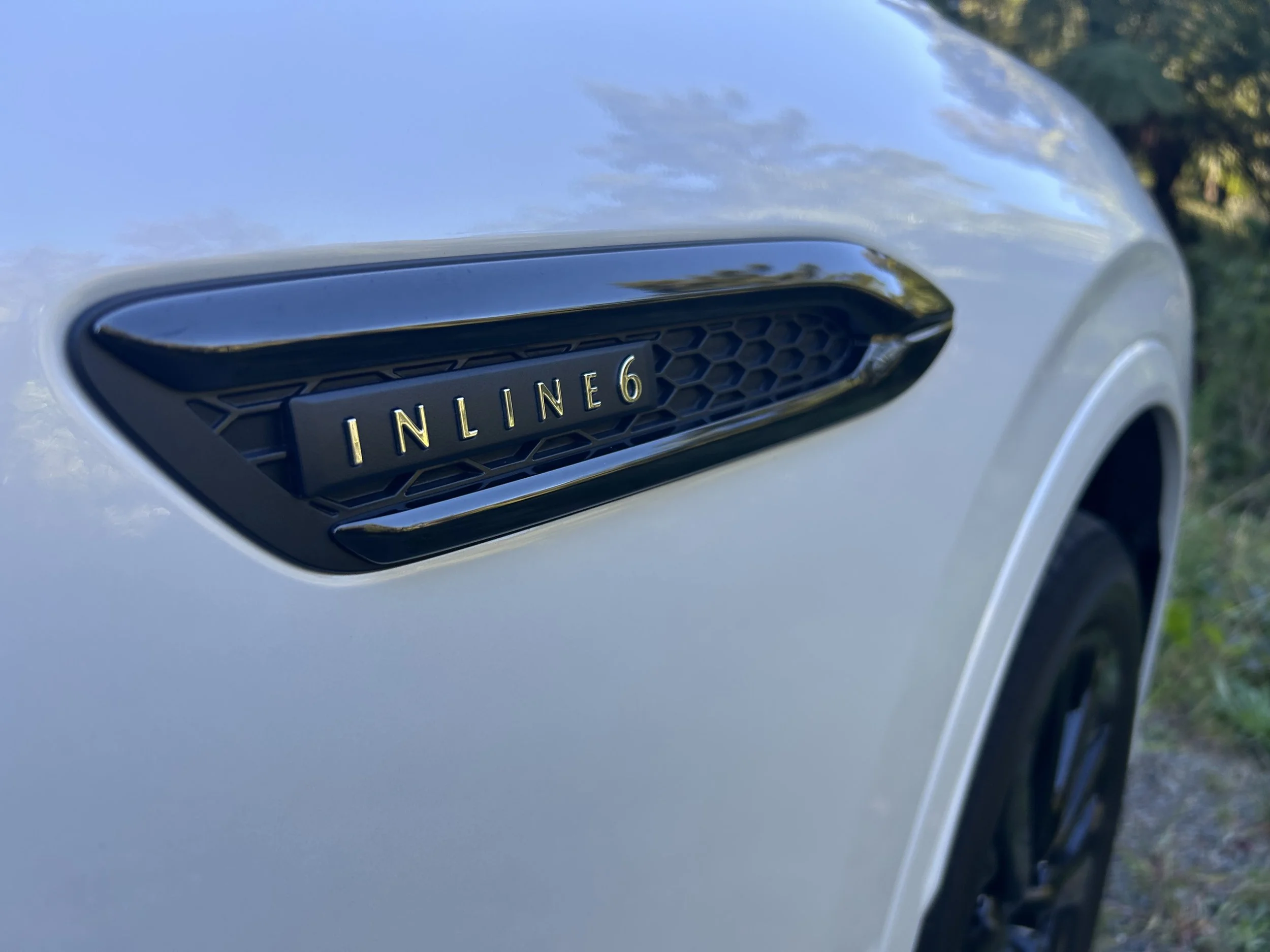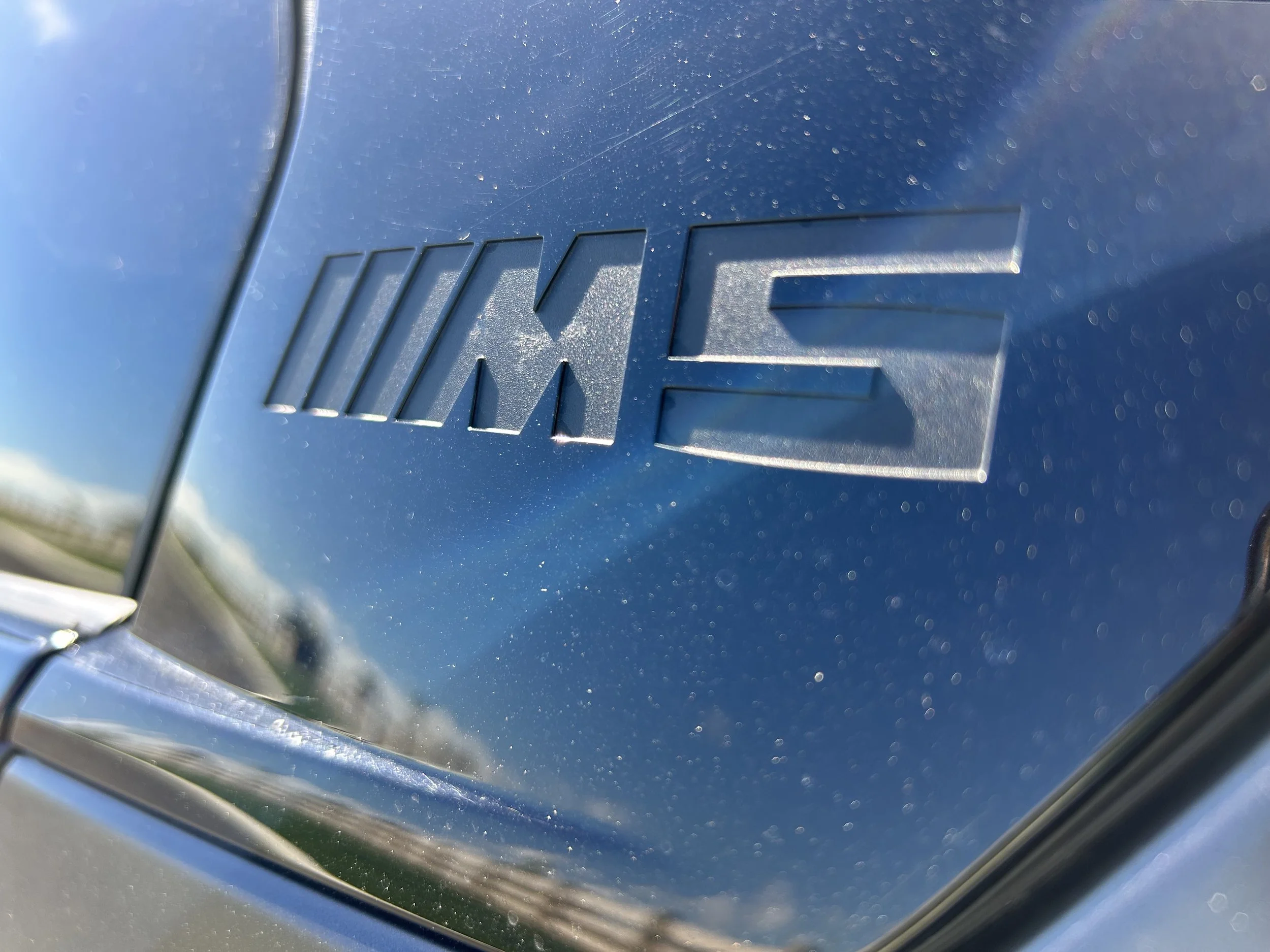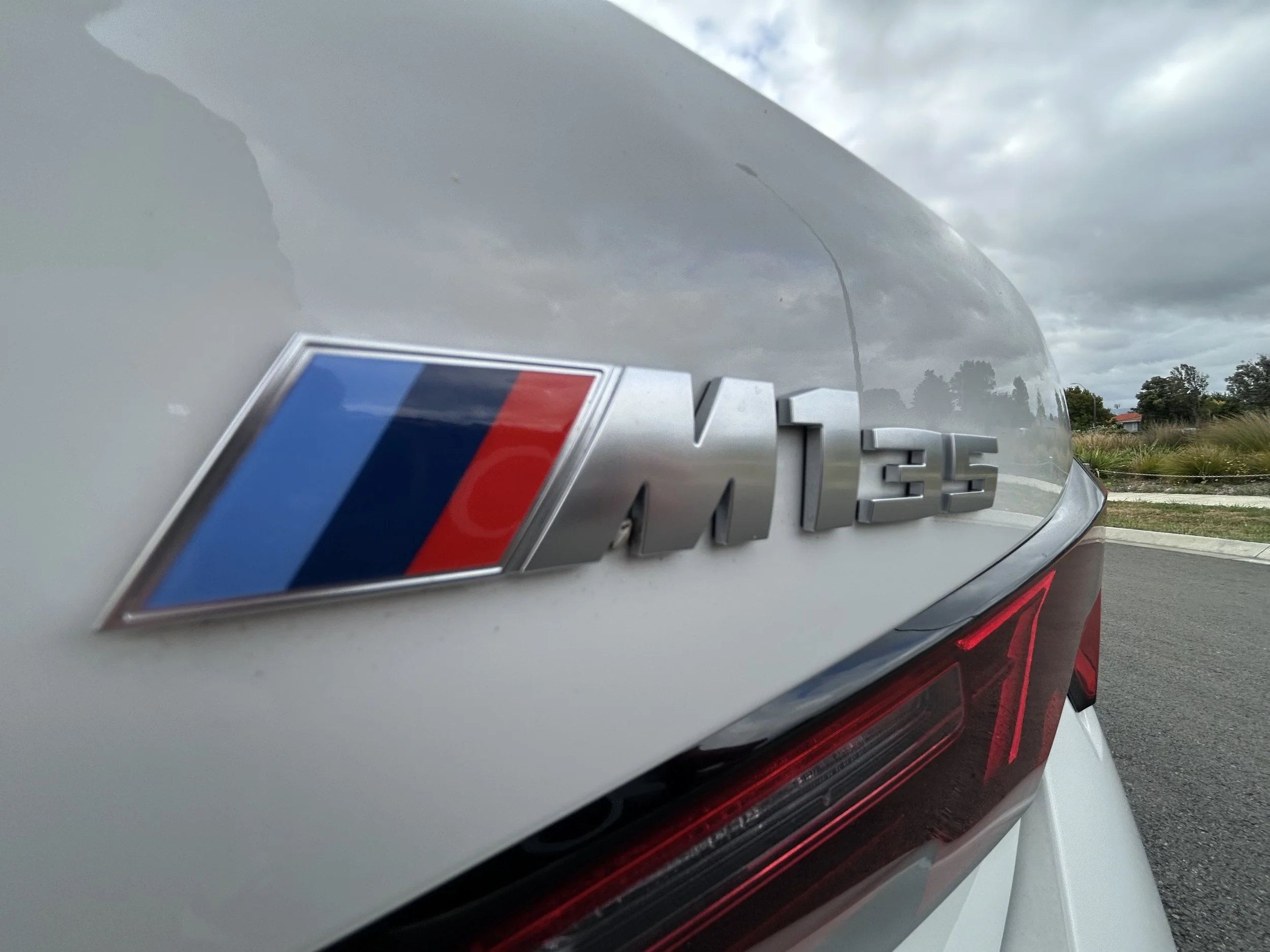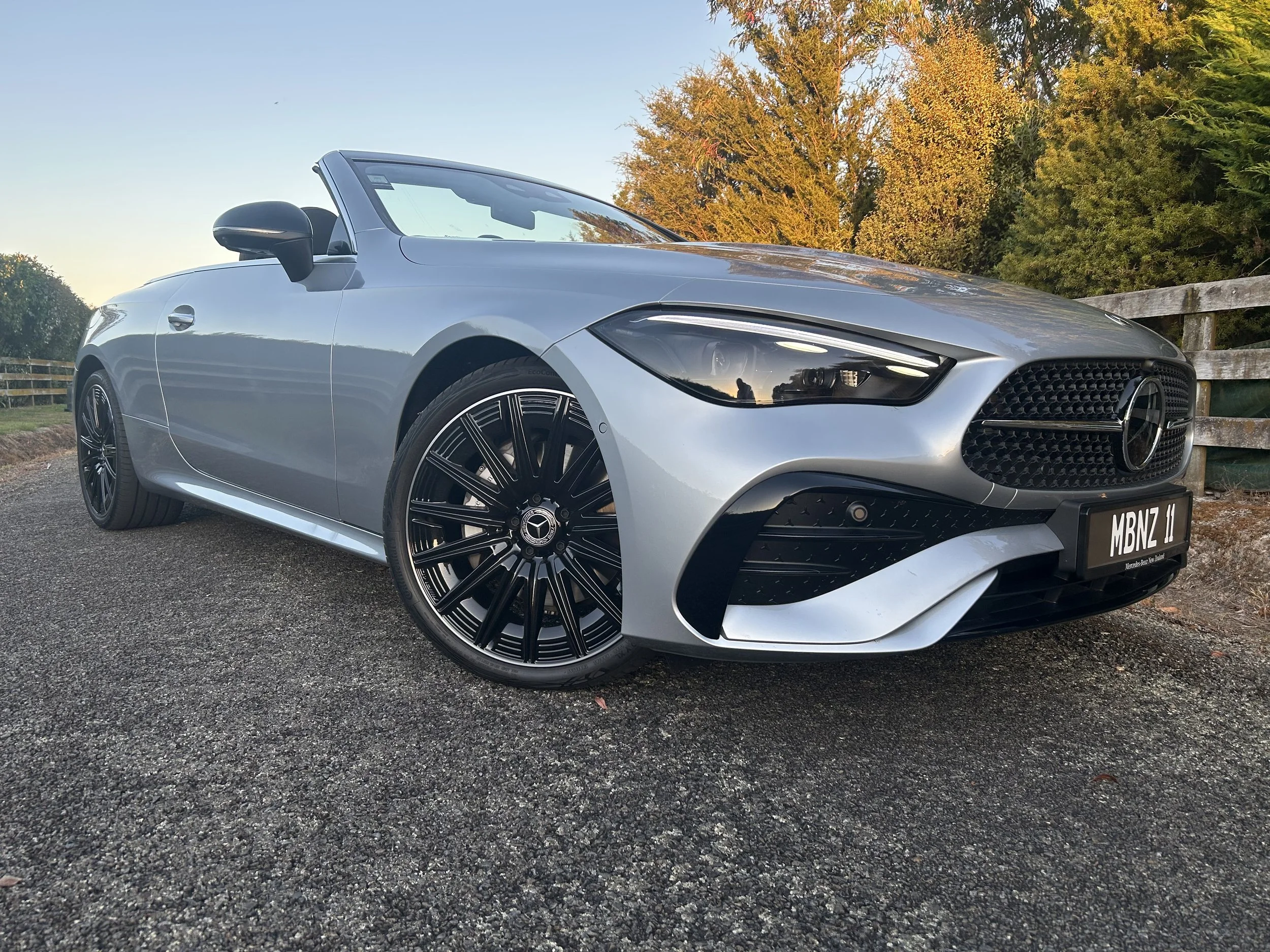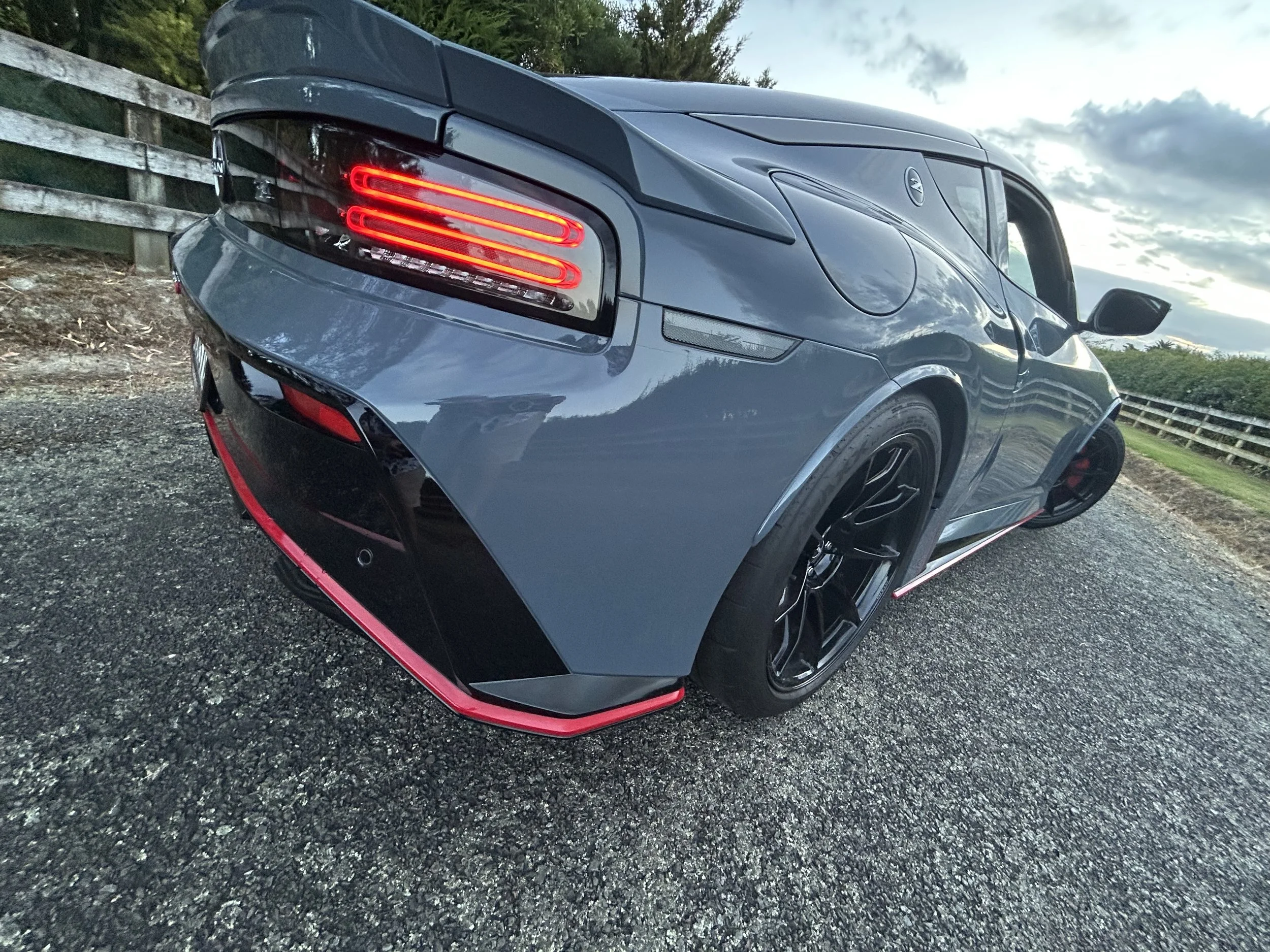Subaru Impreza: Holding the line
/The Sport edition is the last Impreza standing.
Subaru Impreza Sport
Price: $32,490
Powertrain and performance: 2.0-litre four-cylinder horizontally opposed petrol engine. 115kW/6000rpm, 196Nm/4000rpm. All-wheel drive. 6.6 L/100km.
Vital statistics: Length 4460mm, height 1480mm, width 1775mm, wheelbase 2670mm. Luggage 345 litres. Wheels: 17-inch alloys with 205/50R17 89V tyres.
We like: Solid boxer engine performance, helped along by SI Drive. All-wheel drive for an economical price. Excellent safety specification.
We don’t like: Body design is getting a bit dated. Car competes in a shrinking market segment.
HELLO old friend – how’s life?
In the case of the Subaru Impreza, things are a bit lonely these days.
When it was first introduced back in 1992 as a replacement for the Leone, small cars including five-door hatchbacks were very popular, and as a result at one stage there were up to 16 different versions of the Impreza to choose from.
But now the selection is just a single $32,490 Impreza Sport hatch.
It’s the fault of those darned SUVs, you see, which are now so popular with New Zealand motorists that compact and medium-sized versions currently make up 37 percent of all new vehicle registrations.
In fact this popularity is so great that a year or so ago it prompted one member of the Impreza family to change gender and become a compact SUV called XV.
Over the years the Impreza has also been the basis of creation of a couple of the motoring world’s great performance cars, the WRX and STi.
Not only that, but the Impreza’s platform has also been used for development of several other Subarus currently on sale, including the Levorg wagon and the Forester SUV.
So as the Impreza Sport sits there all on its own as the only five-door hatch on every Subaru sales yard, it can reflect on the fact that over the years it has been responsible for development of a good many other models.
And – importantly – the Impreza isn’t finished yet. In fact a few months ago it received a facelift in an effort to remain competitive in the small car category of the kiwi new vehicle market.
It’s had an exterior cosmetic overhaul via changed frontal design and new 17-inch alloy wheels, performance potential has been improved thanks to installation of Subaru’s Intelligent Drive (Si) system, and safety has been improved via the marque’s EyeSight driver assist feature.
That’s significant improvement to a hatch that appeals as perhaps the value package of the small car sector – remember, the model is all-wheel drive which usually adds several thousand to the price of any car.
From a performance perspective, on paper the Subaru doesn’t look to be anything special. It’s 2.0-litre horizontally opposed engine offers 115kW of power and 196Nm of torque, which is bettered by a number of other small cars including Ford Focus, Hyundai i30 and Toyota Corolla.
But boxer engines are inherently excellent performers, because their lower profile in the engine bay provides a more even distribution of power to the rest of the drivetrain. That’s the case with this Impreza, which can turn on quite robust performance when required, particularly when the SI Drive is moved from the everyday Intelligent mode to Sport to enhance performance.
The Impreza’s Lineartronic continuously variable automatic continues to be one of the best around, and it offers manual mode, and I personally enjoy a push-button hill hold function that can be used to remain stationary when stopped at, say, a set of lights on a hill.
I also very much enjoy the EyeSight driver assist system, which uses a pair of ‘eyes’ located on the windscreen in front of the rear-view mirror to continually scan the road ahead and if necessary warn the driver of potential danger ahead. Sometimes I tired of the system’s lane departure warning, but at the end of the day I would much rather have it than not.
It’s worth remembering that the Impreza Sport is a vehicle that retails for less than $32,500, yet standard specification includes an eight-inch infotainment touch-screen, Bluetooth hands-free with both Apple Carplay and Android Auto, dual-zone climate control air conditioning, and reversing camera.
I have a soft spot for the Subaru Impreza, because it has consistently been a very good car.
The first-generation model was launched in 1992 in both four-door sedan and five-door hatch forms, built using a shortened platform of the Legacy. It was immediately recognised for the quality of its drive, which explains why these days there are still plenty of them used by enthusiasts in club rallying events.
The second-generation version launched in the early 2000s wasn’t available as a hatch, with Subaru preferring to go the way of the sedan and wagon instead. But that changed six years later when the third generation model was offered as a sedan and hatch. When the fourth-generation model was launched in 2012 the body shapes continued to be restricted to sedan and hatch, with the wagon duties passing on to a new model Subaru named Levorg.
We’re now on to the fifth generation, released worldwide in 2016 and which was the first Subaru to be built on a new global platform that offered more than 70 per cent more torsional rigidity, and which is now used on all Subaru models.
And now that model has been facelifted – even though the constantly changing preferences of the motoring public have forced a reduction in the Impreza selection in New Zealand to just the single model.
So how’s life, old friend? It’s a bit lonely, but that one hatchback is keeping alive a strong Subaru pedigree.






